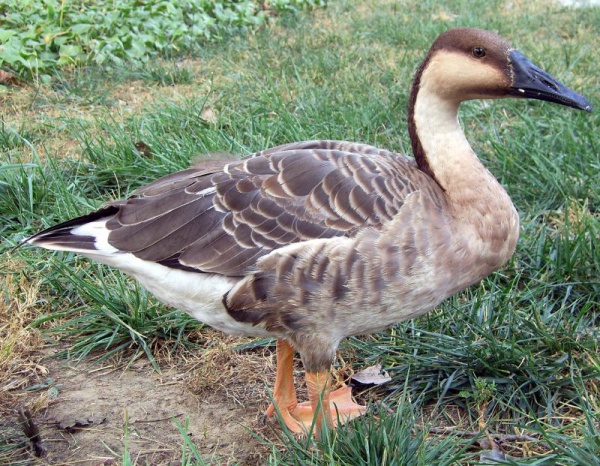Facts About Swan goose
The swan goose is a sizable goose species native to Mongolia, northern China, and southeastern Russia. During winter, it migrates to central and eastern China. Occasionally, these birds are observed as vagrants in other regions. Although not commonly found in the wild, swan geese have been domesticated, resulting in introduced and feral populations in various areas.
These geese are readily identifiable by their large size, long neck, and black bill. They typically inhabit environments ranging from steppes to taigas, where they primarily feed on vegetation and infrequently swim. When it comes to breeding, swan geese form loose groups near wetlands, with each clutch usually containing 5-6 eggs.
The swan goose is listed as Vulnerable on the IUCN Red List due to habitat loss, hunting, and egg collecting. However, recent studies suggest that the population might be more stable than previously thought, leading to its downlisting to Vulnerable status again in 2008. Conservation efforts continue to protect the remaining population, which is estimated to be between 60,000 and 100,000 adult individuals.
Domesticated breeds such as the Chinese goose and African goose are descendants of the swan goose. Charles Darwin even studied these breeds, noting their relationships and variations.

 Russia
Russia